Embarking on a road trip in a travel trailer is one of the most liberating experiences. However, understanding the inner workings of your trailer, especially the holding tanks, can elevate your adventure from good to great. In this comprehensive guide, we’ll dive into everything you need to know about travel trailer holding tanks, sharing personal experiences and practical tips along the way.
What Are Travel Trailer Holding Tanks?
Travel trailer holding tanks are essential components designed to collect and store wastewater from your RV. They come in different types, primarily black tanks and gray tanks, and understanding their functions and maintenance is crucial for a hassle-free RV experience.
The Types of Holding Tanks
In travel trailers, there are typically two types of holding tanks:
- Black Water Tank: This tank holds the sewage from your toilet. It’s vital to keep this tank in good condition to avoid unpleasant odors and clogs.
- Gray Water Tank: This tank collects wastewater from sinks, showers, and other non-toilet sources. It’s usually less odorous than the black tank, but it still requires regular maintenance.
Understanding the Holding Tank System
To appreciate how to maintain holding tanks, it’s essential to understand how they work. Most travel trailers are equipped with a plumbing system that includes:
- Inlets from sinks, showers, and toilets.
- Valves for draining the tanks.
- Monitoring systems to check tank levels.
How Holding Tanks Work
When you use your sink or toilet, wastewater flows into the respective holding tank. It’s important to monitor these levels regularly to avoid overflow. Using a simple monitoring system, you can check when it’s time to empty your tanks.
Personal Experience: A Lesson in Monitoring
On my first RV trip, I failed to keep an eye on my black tank level. We were in a beautiful national park when the monitor light flashed red, indicating it was almost full. Thankfully, there was a dump station nearby, but it was a lesson learned! Always check your levels before you leave for the day.
Maintaining Your Holding Tanks
Proper maintenance of your holding tanks extends their lifespan and ensures a pleasant camping experience. Here are some essential maintenance tips:
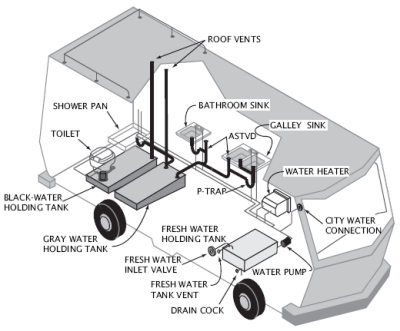
Regularly Empty the Tanks
Always empty your tanks when they are 2/3 full to prevent clogs and odors. Make it a routine part of your travel plan.
Use the Right Chemicals
Using the right tank treatments can help break down waste and control odors. Choose products labeled for RV use.
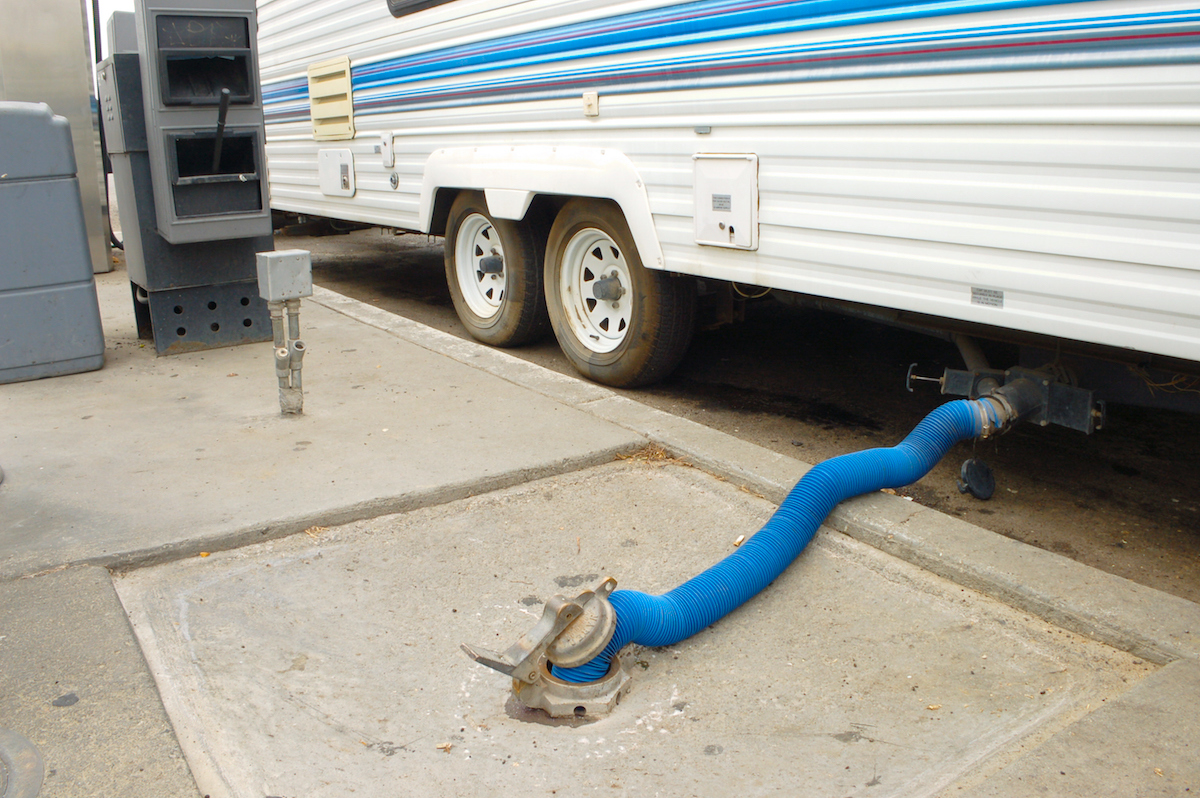
Recommended Products
| Product | Type | Rating |
|---|---|---|
| Camco TST Ultra-Concentrated RV Toilet Treatment | Black Tank Treatment | 4.7/5 |
| Thetford Aqua-Kem RV Holding Tank Deodorant | Deodorant | 4.5/5 |
| Green Gobbler Enzyme Drain Cleaner | General Maintenance | 4.6/5 |
Destination Highlights for RV Enthusiasts
If you love the RV lifestyle, you’re likely always on the lookout for new destinations. Here are a few of my favorite spots that pair well with camping, along with nearby dump stations!
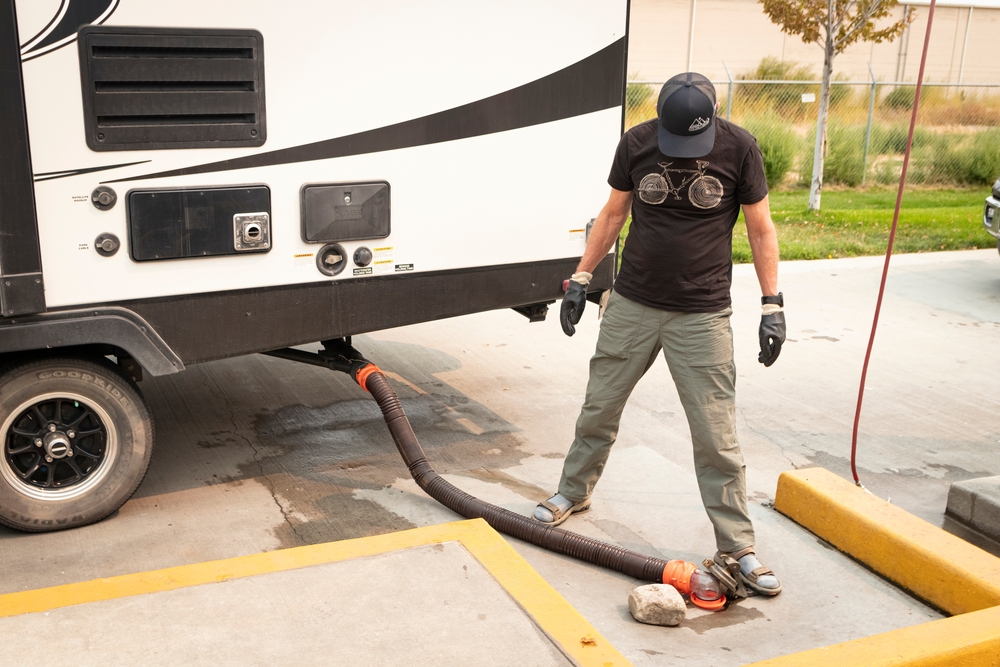
1. Yellowstone National Park
Embrace the beauty of geysers and hot springs. The park’s campgrounds typically have dump stations available.
2. Grand Canyon National Park
Experience breathtaking views and endless hiking trails. Many RV parks around the canyon offer conveniences for holding tanks.

3. Acadia National Park
For stunning coastal scenery, Acadia is a must-visit. Check local campgrounds for tank services.
Pros and Cons of Travel Trailer Holding Tanks
Understanding the advantages and disadvantages can help you make informed decisions about your travel trailer’s setup.
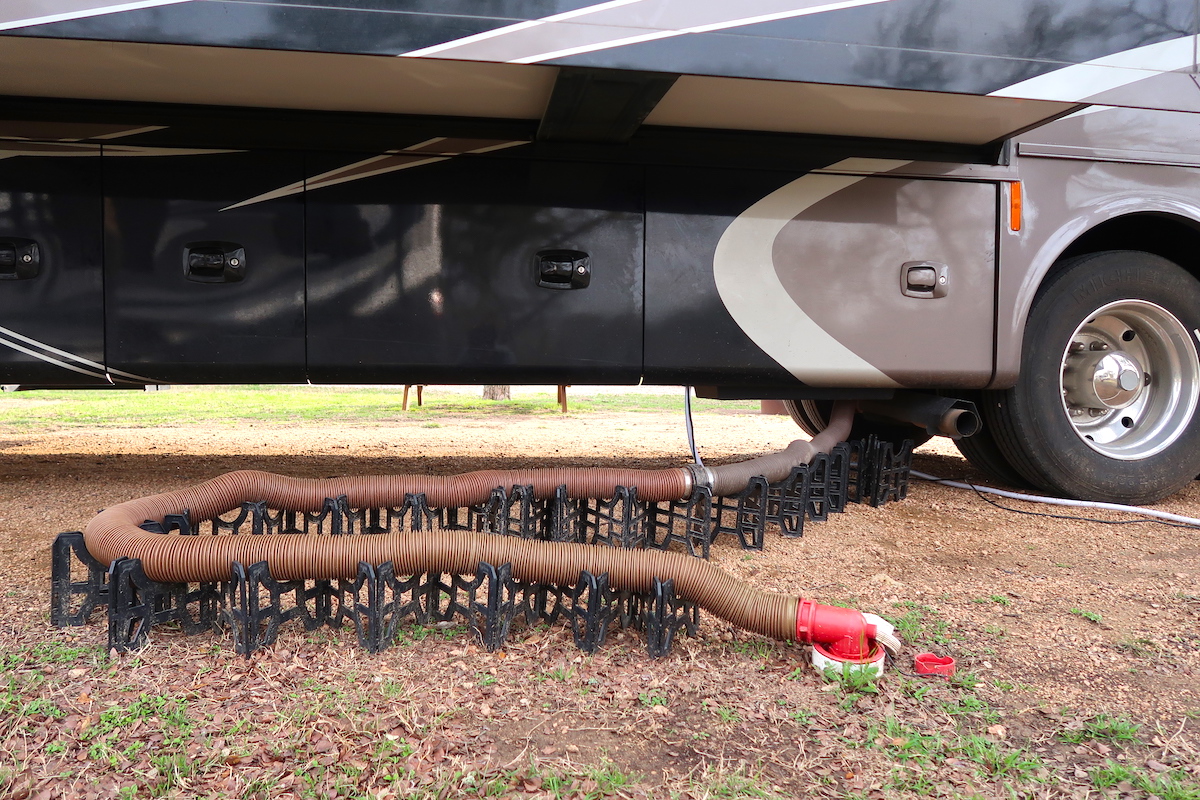
Pros
- Convenience of having toilet facilities on-site.
- Ability to camp in remote locations without access to restrooms.
- Variety of products available for maintenance and odor control.
Cons
- Requires maintenance and regular emptying.
- Improper usage can lead to unpleasant odors and clogs.
- Limited capacity can affect longer trips.
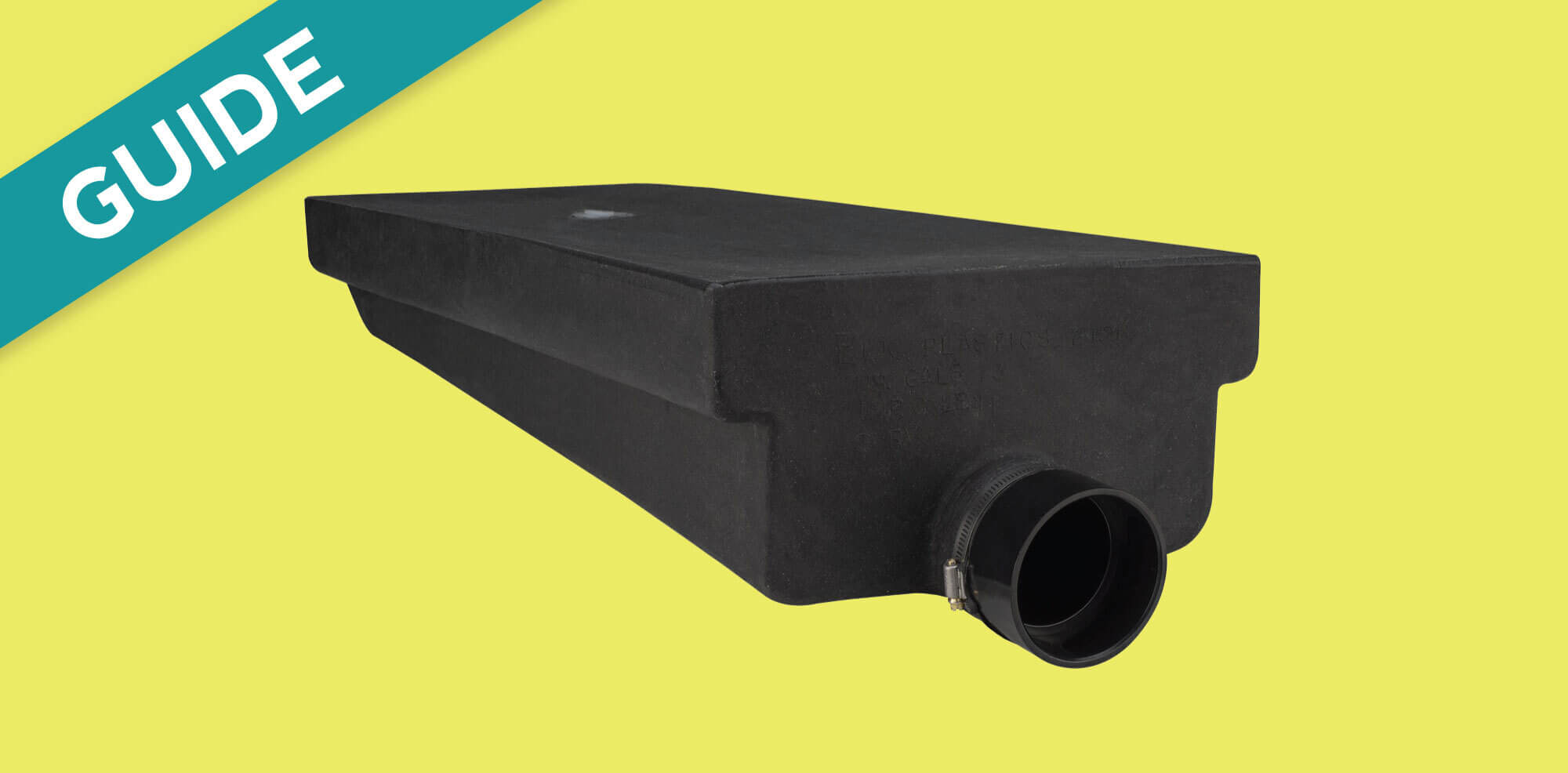
Travel Tips for Holding Tank Management
Managing your holding tanks doesn’t have to be a chore. Here are some tips to make it easier:
1. Use a Sump Pump
If you’re camping where there’s no convenient dump station, consider a portable sump pump to help transfer waste easily.
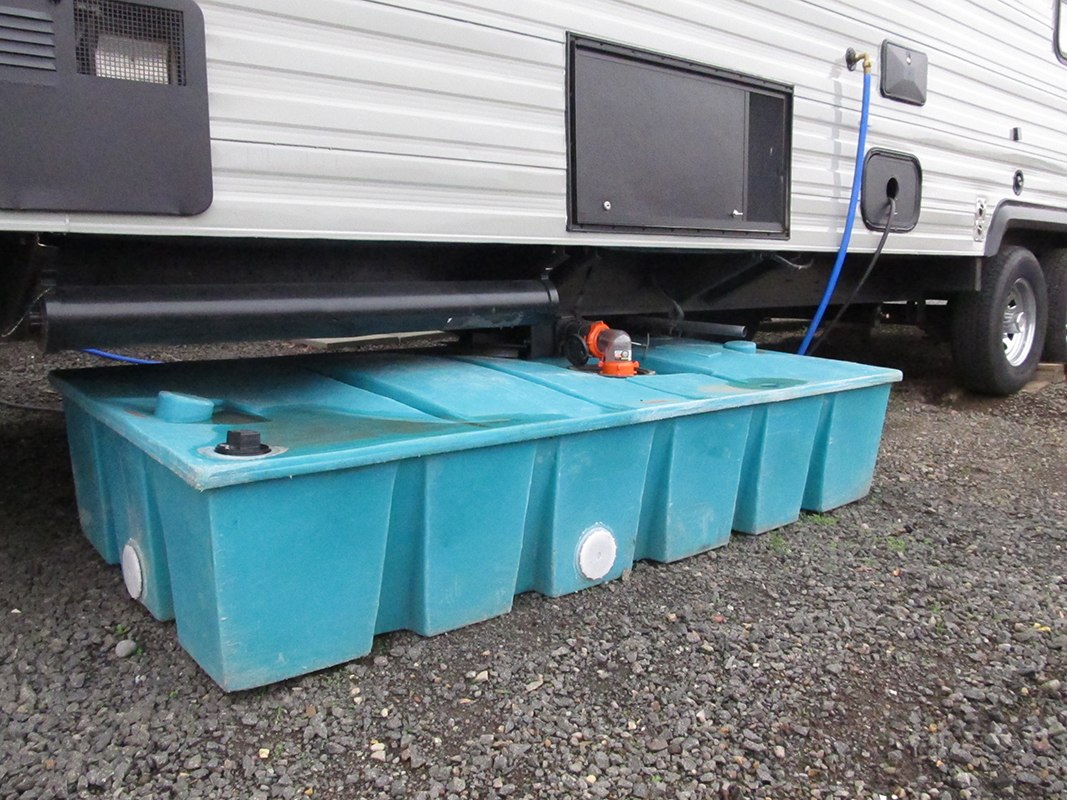
2. Keep a Schedule
Before your trip, plan when to empty the tanks. Keeping a schedule can help you avoid surprises.
3. Know Your Dump Station Locations
Research dump stations along your route ahead of time to save time on travel days.
Frequently Asked Questions
What is the average capacity of RV holding tanks?
The capacity varies by model, but most black tanks range from 20 to 50 gallons, while gray tanks can hold around 20 to 40 gallons.
How do I clean my holding tanks?
To clean your holding tanks, use a tank treatment product, and flush with clean water. You can also consider using a tank wand for thorough cleaning.
Can I dump my tanks anywhere?
No, dumping holding tanks should only be done at designated dump stations or RV parks that provide proper sewage facilities.
What are the signs that my holding tank is full?
The most common signs are a warning light on your monitor panel, slow drain from your sinks, and unpleasant odors.
Conclusion
Understanding travel trailer holding tanks is crucial for any RV enthusiast. With proper knowledge, maintenance, and planning, you can enjoy all the freedom that comes with road tripping across the country. Whether you’re boondocking in the woods or parked in front of a beautiful lake, let your adventures be worry-free!